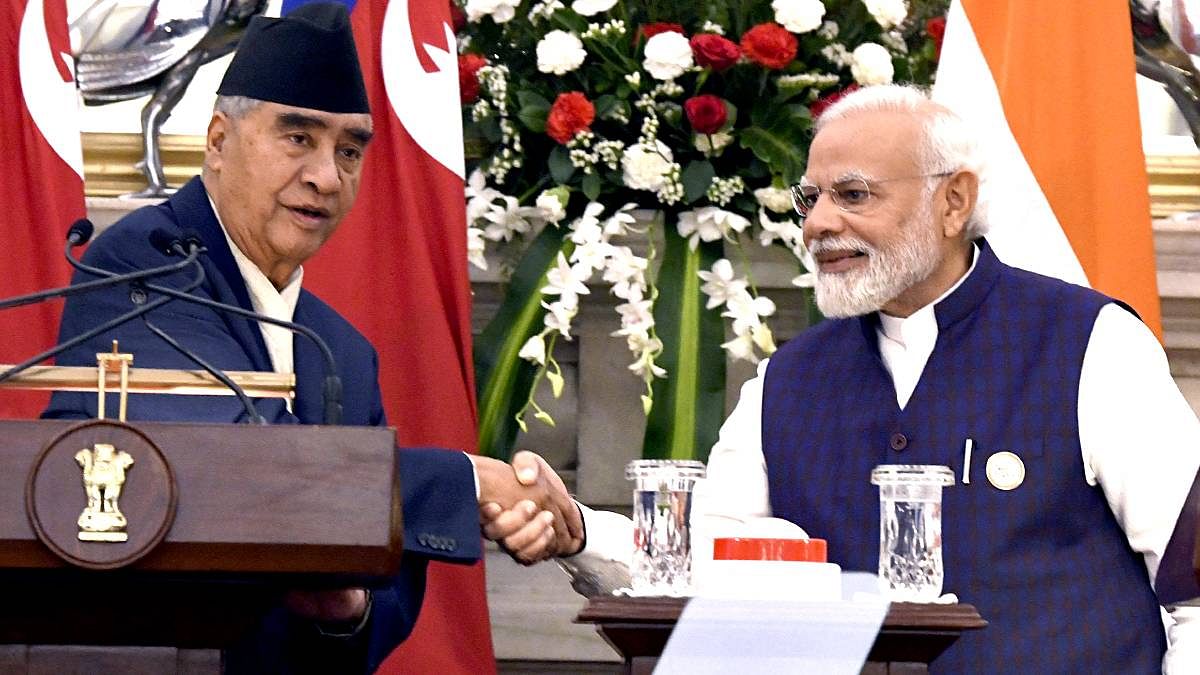
- Select a language for the TTS:
- UK English Female
- UK English Male
- US English Female
- US English Male
- Australian Female
- Australian Male
- Language selected: (auto detect) - EN
Play all audios:
With “World War Three” and “Franz Ferdinand” trending on Twitter, social media appears to have made up its mind about the assassination of Iranian Revolutionary Guards Corps (IRGC)
major-general Qasem Soleimani via a US airstrike. Soleimani personified Iran’s rising influence in Lebanon, Syria, Iraq, Yemen, the Gulf and further afield. As commander of the IRGC,
Soleimani was able to control a series of proxy forces from the Mediterranean to Afghanistan. Soleimani was the man who rescued Bashar al-Assad when Syria’s regime looked vulnerable to
rebels. But he was also a senior military official of an important regional power, not a fugitive terrorist. His assassination, coupled with that of several senior Iraqi Shi’a militia
commanders, will not go unavenged. However, Iran’s response will not signal the start of World War Three. The only point of agreement between Iran and the US is that neither side wants a war
with the other. Donald Trump has been clear that his policy is to minimise US military engagements overseas and to pull most of his troops out of the Middle East. He has also questioned the
value of the US’s military alliances. He has no interest in invading a country, changing its leadership or administering overseas territory. Luckily for Trump, Iran has no interest in a
conventional war either. Thanks in part to Obama’s nuclear deal — the one that Trump has done everything in his power to kill off — Iran has no nuclear weapons and is no position to confront
the US in a conventional conflict. Just as Trump is happy ordering air strikes and special forces raids, Iran’s greatest strength is in its ability to act asymmetrically, drawing on the
very proxies and militias that Soleimani helped establish. In a strange way, that sort of conflict suits both sides. Except of course it doesn’t: Iran has been goading the United States for
months, with its rocket attacks on US bases, the assault on the US Embassy in Baghdad, and attacks on Saudi Arabia’s oil infrastructure. But it’s safe to assume that losing Soleimani in an
airstrike was never part of the plan. We don’t yet know what Iran’s response will be. They have in the past used a wide range of options, from rocket attacks by militias to mass casualty
suicide terrorism. Iranian proxies have bombed a Jewish centre in Buenos Aires and an expat housing complex in Saudi Arabia. They have attempted assassinations in European capitals and
maintain an advanced cyber capability. For Iran, all of its global capabilities will be on the table and we should avoid thinking that one single event or operation will encapsulate their
retaliation. For the US, things also might not be going entirely to plan, assuming that Trump has a plan. Yes, he has “decapitated” the overseas operations arm of the IRGC and taken out the
leadership one of Iraq’s most dangerous Shi’a militias. But it is likely that US troops will be forced to leave Iraq after a vote in Iraq’s parliament. As much as Trump disdains having his
forces deployed overseas, US troops have been doing important counter terrorism work in Iraq, supporting the ongoing fight against ISIS. Between 2011 and 2014, most foreign troops left Iraq
and its government became increasingly sectarian, violent and corrupt. This resulted in the rise of ISIS, which seized Mosul (_pictured_) in June 2014. It is to be hoped that history will
not repeat itself. But ISIS will welcome Soleimani’s death. With the US out of the picture in Iraq, a new cycle will begin there. Iraq’s government will emphasise its connections with Iran
and empower the Shi’a militias to employ violence against ordinary Iraqis protesting against the corruption and incompetence of its government. Already, Moqtada al-Sadr, an Iraqi Shi’a
nationalist politician ordinarily seen as opposed both to Iranian and US interference, has announced the reactivation of his “Mahdi Army” as part of the “patriotic Iraqi resistance”. These
mass political protests are a new feature of Iraqi civil life and many demonstrations are specifically against Iranian influence and the role of Shi’a militias. The Iraqi government’s
response has been shockingly violent: since October, over 500 protesters have been shot dead by security forces, including by snipers from Shi’a militias. This has echoes of the early days
of Syria’s civil war: disorganised protests met with excessive force, leading to a spiral of violence, repression and chaos. Is this Iraq’s future? We have no way of knowing. But it seems
likely that Trump is not very interested in knowing the answer. Soleimani’s killing does not appear to be part of a considered US strategy. But then neither did Trump’s decision to allow
Turkey to attack Syria’s Kurds, or his claim that US troops were seizing Syria’s oilfields. A strategy, and a plan, are things that Iraq and the wider region sorely needs. At present there
is no sign of either.







